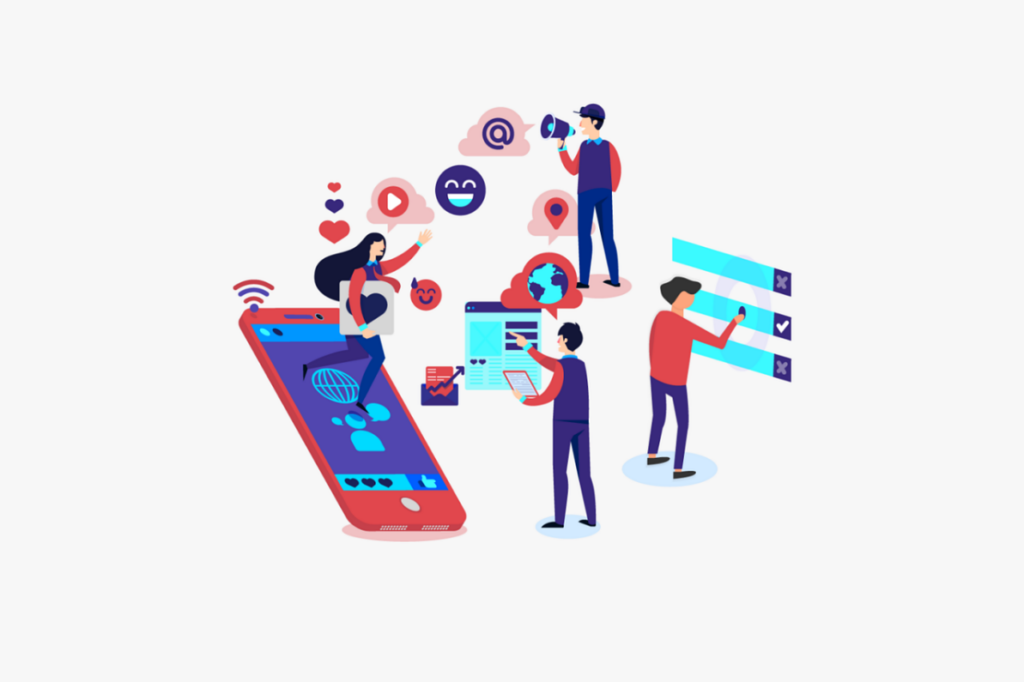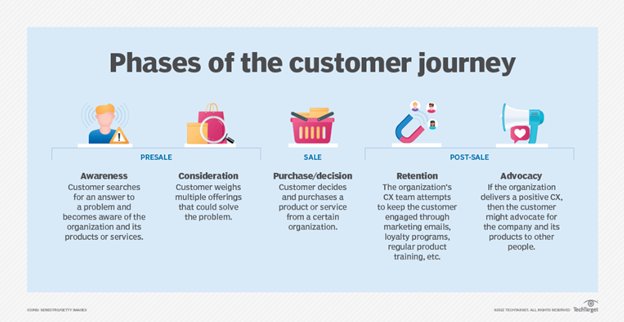This has likely happened to you: You’re shopping online but leave your cart before completing the purchase. The next day when you’re scrolling social media, you get an ad featuring the exact item that’s in your cart. What?!
It’s not magic—this is an example of omnichannel marketing.
Omnichannel marketing uses various digital marketing strategies to connect with customers and support target audiences throughout the customer journey through purchase and beyond.
Keep reading to learn a bit more about omnichannel marketing, what it entails and key benefits.
What is omnichannel marketing?
An omnichannel marketing strategy will use multiple touchpoints to connect with customers. The idea is to make sure that the message and experience is seamless across all channels.
In digital marketing, omnichannel marketing could include touchpoints across website, social media, pay-per-click (PPC), paid placements, owned placements, email, SMS or other digital channels to connect and share a brand’s message.
Why connect with your customers across multiple channels? Research by McKinsey & Company shows that more than half of consumers engage with three to five channels during the customer journey while deciding to make a purchase.
If you’re only using one channel, or it’s not a unified strategy, you could miss out on sales potential.
What does creating an omnichannel marketing strategy entail?
Great question! In order to create this type of cohesive marketing strategy, you’ll need to be able to target customers on multiple channels while helping them navigate the buyer’s journey. Here are some helpful steps:
-
Analyze the data
If you already have customer data, be sure to assess what is currently going on to help you plan your next steps. Which online channels do your customers use most? What types of devices do they use to shop (mobile, tablet, desktop, etc.)? What messaging or product features finally seal the deal? What are current barriers to entry?
-
Map your customer journey
The customer journey consists of five steps: Awareness, Consideration, Purchase/Decision, Retention and Advocacy. Omnichannel marketing strategies can help you reach customers at each step of the journey. Investigate how your customers use various digital channels during each phase of the journey. Then, use that information to inform placements and messaging.
Image credit: TechTarget -
Create personalized content
Once you’ve mapped your customer journey and have analyzed your customer data, it’s time to craft messaging for the right channels to guide your customer on their way through the marketing funnel. Be sure to implement personalization best practices, and to serve content that brings value to the corresponding customer journey stage.
This means you will have multiple messages for multiple channels. This should not be the same, copy/pasted message across all channels. For omnichannel marketing to work well, messaging needs to feel seamless (but not cookie cutter) and should be unique to each channel and customer journey stage.
-
Leverage digital tools
Take advantage of various digital tools at your disposal. This can help you track customer actions and serve the right messages at the right time. Be sure that all automation is set in place. For example, if a customer fills out a form on your website, the best practice would be to have various templates already loaded so that the right information can be sent immediately for exceptional user experience.
-
Monitor and optimize
Monitor your new omnichannel marketing strategy and track results. Continue with marketing strategy pieces that are working well, and change/optimize where there is opportunity for growth and improvement.
Key benefits of using an omnichannel marketing strategy
Does it work? We think so! Here are some benefits to incorporating omnichannel marketing into your digital strategy:
Customer insights – When everything is connected, it’s easier to track customer data across multiple touchpoints to see what is working and what needs to be updated. These insights can be incredibly valuable.
Boost sales – Research shows that marketers using three or more channels in one campaign garnered a 287% higher purchase rate when compared to single-channel campaigns. Plus, purchase frequency was 250% higher and order value was 13% more when comparing omnichannel to single-channel strategies. The numbers speak for themselves!
Attract new customers – By employing an omnichannel strategy, it’s likely that your brand will uncover new segments, and then be able to properly target and market to those customers. The more the merrier!
Keep engagement high – Don’t abandon your customer after purchase … rude! Cultivate a relationship to encourage loyal customers who repeat purchase and recommend your product. An omnichannel strategy can help your brand connect with customers even in the Retention and Advocacy stages of the customer journey.
Reduce costs – When all your channels are working seamlessly together, you’ll also likely lower your CPA for each customer due to a streamlined discovery and purchase process.
All the right places
Omnichannel marketing strategy is a fantastic way to connect with your target audience and guide them through the customer journey. With tailored messaging and best practices, you’ll increase sales for your brand and provide a seamless user experience for your customers. The benefits are clear, and omnichannel marketing across digital mediums is a strong approach that garners results.
Connect with the experts at Beyond Fifteen to learn how we can execute an omnichannel marketing strategy for your brand.



